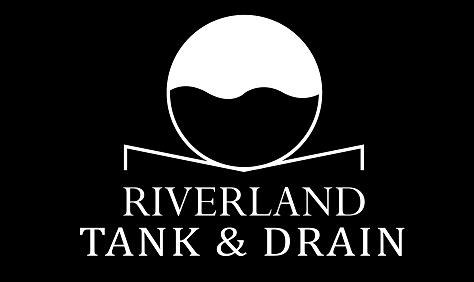

If you’re managing a rural property, restaurant, or commercial kitchen in the Riverland, chances are you’ve heard of septic tanks and grease traps. But despite both playing essential roles in wastewater management, they serve entirely different purposes. Understanding the difference between the two is key to keeping your property compliant, clean, and running smoothly.
In this blog, we’ll break down the key differences between a septic tank vs grease trap, how each system works, and why regular maintenance is critical. Whether you’re new to onsite waste management or need a quick refresher, this guide has you covered.
What Is a Septic Tank?
A septic tank is a large underground container used to treat wastewater from bathrooms, kitchens, and laundry facilities in properties that are not connected to the main sewer line. Common in rural areas throughout South Australia, these systems collect sewage and allow solids to settle while liquid effluent drains into a leach field for further treatment.
If you’re looking for a complete overview of how these systems work, our septic system guide is a great place to start. It explains the tank’s components, treatment process, and signs you may need a pump-out.
What Is a Grease Trap?
A grease trap (also known as a grease interceptor) is a plumbing device that captures fats, oils, and grease (FOG) before they enter the wastewater system. These traps are commonly installed in commercial kitchens, restaurants, cafés, and even some larger domestic settings.
Unlike septic tanks, which manage all household waste, grease traps focus specifically on intercepting greasy waste from sinks, dishwashers, and food prep areas. Without them, FOG can clog pipes, back up sewer lines, and damage the environment.
For expert grease trap cleaning Riverland businesses trust, Riverland Tank and Drain Cleaners offers scheduled maintenance services to ensure full compliance and optimal hygiene.
Key Differences – Septic vs Grease Trap
| Feature | Septic Tank | Grease Trap |
| Primary Use | Household sewage and greywater treatment | Capture of fats, oils, and grease from kitchen waste |
| Common Locations | Rural properties, homes without sewer access | Commercial kitchens, food prep businesses |
| Installation | Underground, connected to entire household plumbing | Installed on kitchen wastewater line |
| Maintenance Needed | Pump-outs every 3–5 years | Cleaning every 1–3 months depending on usage |
| Odour Risk | Low (if maintained) | High (if poorly maintained) |
| Environmental Impact | Significant if neglected | Risk of pollution and pipe blockages if unmaintained |
Understanding the septic vs grease trap distinction helps you determine what type of waste management system is right for your property — and what’s legally required based on your operations.
Why Regular Maintenance Matters
Neglecting either system can lead to costly repairs, offensive smells, blockages, or even health code violations.
For homeowners with septic tanks, regular pump-outs are essential to avoid build-up and system failure. Similarly, for commercial kitchens, professional grease trap cleaning Riverland services are necessary to meet local council requirements and protect the environment.
Get Professional Help You Can Trust
Whether you need help with a full septic clean-out or ongoing grease trap maintenance, our experienced team is here to help. We service homes, commercial kitchens, and industrial sites across the Riverland and surrounding regions, with fast, reliable service and transparent pricing.
Check out our dedicated grease trap services or browse our septic system guide to learn more about managing your waste system the right way.
Knowing the difference between a septic tank vs grease trap is the first step — maintaining them properly is what really matters. Let Riverland Tank and Drain Cleaners take care of the dirty work so you can focus on running your home or business without disruptions.

